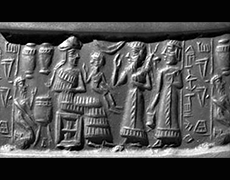
The ancient Sumerian religion was polytheistic and the people worshiped a pantheon of gods and goddesses, each with specific duties and responsibilities.
Here are some of the most important deities…
Anu
The god of the sky and heaven, Anu was considered the king of the gods and was associated with royalty and law.
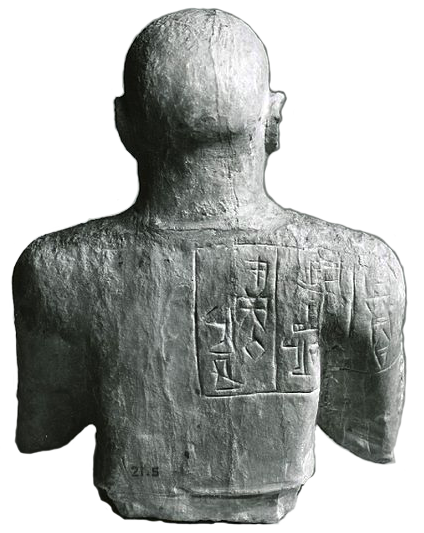
Enlil
The god of wind, air, and storms, Enlil was considered the ruler of the universe and the controller of the fates of humans.
Nevill Drury (Dictionary of Mysticism and the Occult) writes:
“He was worshipped at Nippur, the sacred city of Sumer, and was later regarded as Lord of the Earth. He was adopted by the Babylonians as the deity Bel.” (P. 78)
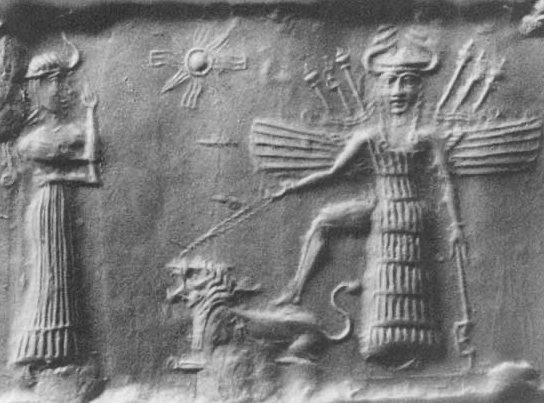
Inanna
“In the name of my power! In the name of my holy shrine!
To my daughter Inanna I shall give
The holy priestess of heaven!
The setting up of lamentations! The rejoicing of the heart!
The giving of judgements! The making of decisions!”
Inanna: Queen of Heaven and Earth. Diane Wolkstein and Samuel Noah Kramer.
The goddess of love, fertility, and war, Inanna was associated with the planet Venus and was one of the most popular deities in Sumerian religion.
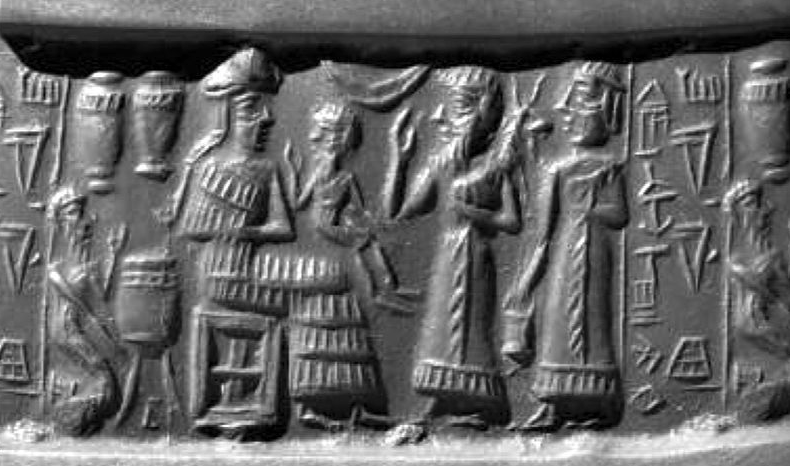
Enki
The god of water, wisdom, and creation, Enki was considered the patron of the arts and was often depicted holding the elements of creation in his hands.
Nammu
The mother goddess and the goddess of the primeval sea, Nammu was considered the creator of the universe and the mother of all the gods.
Utu
The god of the sun and justice, Utu was associated with truth and was considered the arbiter of disputes between the gods.
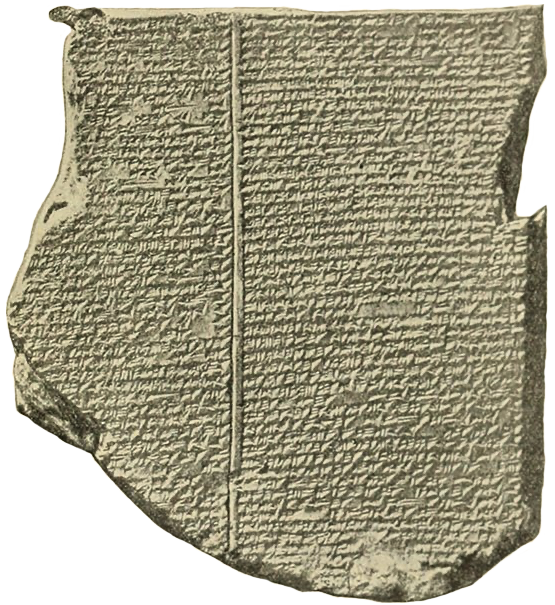
Nergal
The god of the underworld and war, Nergal was worshipped under varying names throughout all of ancient Mesopotamia.
According to Barbara Walker’s research (The Woman’s Encyclopedia of Myths and Secrets):
“Since Neural represented another form of the nether Black Sun – like Hades, Pluto, and Saturn – he was assimilated to Christian legend as a demon.” (P. 723)
He was associated with disease and death and was often depicted with a lion’s head.
Eresh-kigal
The goddess of the underworld, Eresh-kigal was associated with death and the afterlife and was often depicted as a fierce and powerful figure.
In The Book of Goddesses & Heroines (Patricia Monaghan), we learn that:
“In art Erishkegal appeared as a lion-headed woman suckling lion cubs. She was also shown in a boat, kneeling on the horse of death and traversing the boundary river between her world and ours…” (P. 113)

